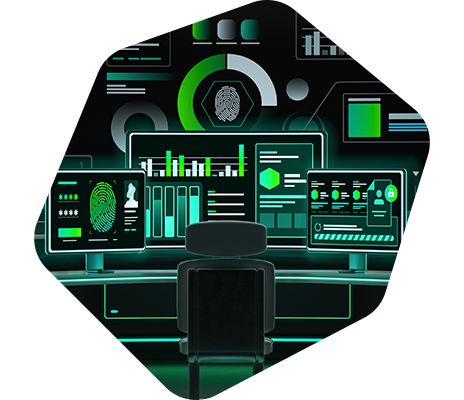What is Endpoint Detection and Response (EDR)? How Does it ...
Endpoint Detection and Response (EDR) software is crucial for cybersecurity operations teams to detect, contain, investigate, and remediate cyberattacks, including ransomware and other malware. EDR tools play a vital role in identifying suspicious activities on connected hosts and endpoints like mobile phones, desktops, laptops, and virtual machines.
According to security advisor Dr. Anton Chuvakin, who coined the term endpoint detection and response, EDR solutions record and store endpoint-system-level behaviors, use data analytics techniques to detect suspicious system behavior, provide contextual information, block malicious activity, and offer remediation suggestions to restore affected systems.
Endpoint Detection and Threat Response (EDTR)
EDR software, also known as endpoint detection and threat response (EDTR), integrates real-time continuous monitoring, endpoint data collection, actionable threat intelligence, automated cyber threat response, and analysis capabilities. These features help in rapid threat detection, investigation, and response across the enterprise.
One key aspect of EDR solutions is their ability to provide unified visibility, proactive defense, and streamlined operations, revolutionizing network management and security operations with automation. These tools support cloud-first, security-sensitive, and global enterprises, as well as hybrid workforces.

Benefits of EDR
There are several benefits that highlight the importance of EDR in cybersecurity. EDR solutions help reduce attack surfaces, block sophisticated cyberattacks like ransomware, proactively hunt threats, automate remediation, and integrate detection and response with SIEM, SOAR, XDR, and other security operations solutions.

By automating threat detection, containment, investigation, and response, EDR solutions offer a robust defense against cyber threats, ensuring secure access to applications hosted anywhere and protecting business-critical web applications. These tools play a critical role in safeguarding critical infrastructure, connecting and protecting OT systems in challenging environments, and delivering specialized intrusion prevention for OT environments.
Core Functional Components of EDR Solutions
Endpoint Detection and Response solutions comprise key functional components such as data collection, behavioral analysis, automated incident response, threat containment, and remediation. These components work together to continuously monitor endpoints, analyze endpoint data for threats, trigger automatic responses based on security team rules, contain threats to prevent lateral spread, and eliminate threats from organizational systems.
By providing visibility into cyber threats and their origins, EDR solutions empower organizations to enhance their security measures, protect their networks, and reduce the impact of threats on productivity. These platforms are essential for modern cybersecurity operations, offering a comprehensive approach to detecting, containing, investigating, and eliminating cyber threats.

EDR platforms play a crucial role in fortifying organizational security and mitigating the risks posed by cyber threats. Investing in EDR software is a proactive step towards enhancing cybersecurity postures and safeguarding critical assets from malicious actors.




















